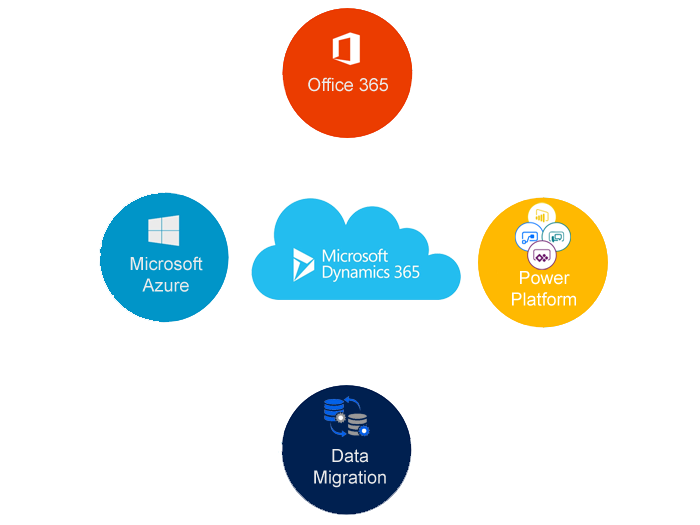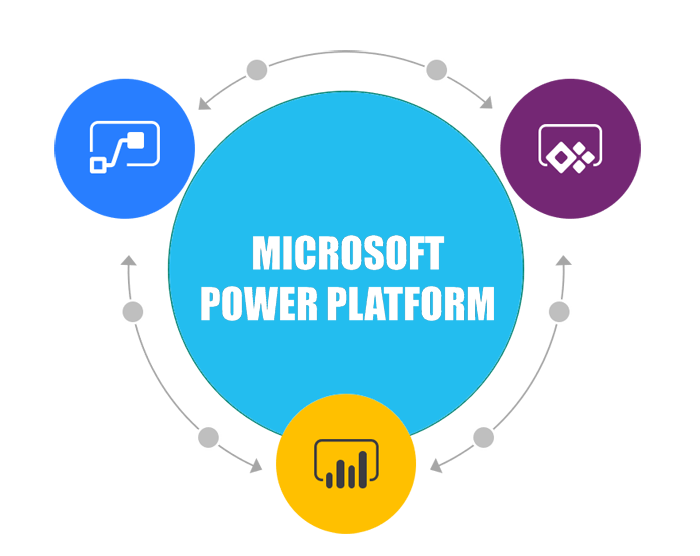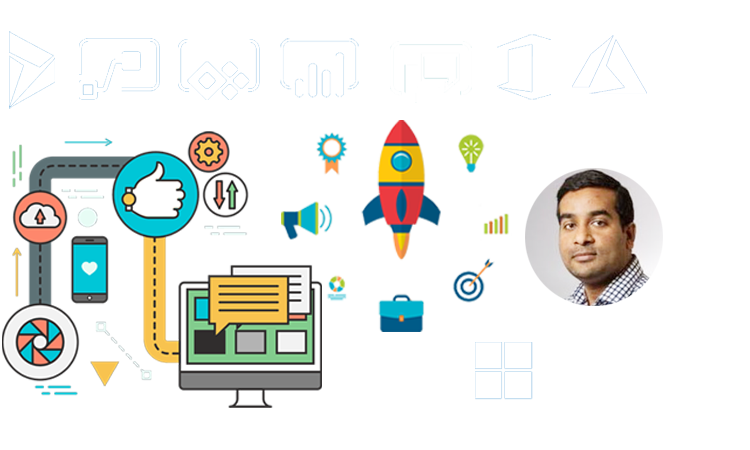Hi Everyone,
I quite often here a question about which Marketing tool is better for Sales and Marketing perspective.
Customers already using Microsoft Dynamics 365/CRM Application for their day to day sales and marketing ask the above question.
So i thought i can do a blog post and refer to customers which needs clarification on these two applications, i.e Microsoft Dynamics 365 for Marketing and Click Dimensions:
so let’s gets started:
Click dimensions
Click Dimension can be integrated with Dynamics 365 by deploying the click dimensions solution.
Specially built for Microsoft Dynamics 365/CRM Application users worldwide bring together sales and marketing for bigger business wins. Click Dimensions marketing automation solution includes essential marketing tools like email marketing, campaign automation, web intelligence, surveys, web forms and landing pages, social marketing and more to help our customers attract more leads, close more sales and more effectively engage customers. Explore our full feature set below.
Campaign Automation: Put your campaigns on auto-pilot
Email Marketing: Easily create compelling email campaigns
Web Forms: Capture and identify new prospects with web forms.
Event Management: Integrate with event and webinar solutions.
Reporting : Evaluate the success of your sales and Marketing efforts.
Surveys: Gather insights through surveys
Web Intelligence : Discover interested prospects through web intelligence
Lead Scoring: Quickly and easily determine which leads to pursue.
Landing Pages: Create landing pages without knowing HTML
SMS Messaging: Reach Prospects with SMS
Social Marketing: Connect with your customers and leads on social media
Pricing:
Basic Price starts at $499/month.
Which includes unlimited contacts and unlimited users, no license required, users whi have access to dynamics can access click dimensions.
Email Volume- starts at 50,000 per year
Excluded features for basic price are – Campaign Automation, Landing pages, Lead scoring,
SMS Messaging, event management, surveys.
Products supported are CRM Online
Advanced social marketing / social engagement requires additional investment.
Business Price $ 699/month:
Unlimited users and contacts, email volume starting at 200,000 per year and includes all features, CRM Online, Partner Hosted or On-Premise Deployment, Advanced features cost additional investment.
Advanced Features:
Powerful and efficient B2B Social Media Tools for Microsoft Dynamics 365 – Click Dimensions Social Engagement Platform:
ClickDimensions social engagement is a complete social media marketing platform for Dynamics 365 users. Powered by Oktopost, the B2B social media industry leaders, ClickDimensions social engagement is designed for B2B marketers who need smart, time-saving solutions that maximize social media ROI.
With social engagement, you can manage all your social media activity — including scheduling, publishing, analytics and reporting, content curation, listening, campaign tracking and advocacy programs – in one convenient platform.
So Customers Who are interested in limited functionality which click dimensions offers then they can purchase the license of click dimensions.
Microsoft Dynamics 365 for Marketing:
This Marketing App is newly introduced and with enhanced features of the Marketing Module from earlier versions.
It’s Microsoft Product and no need of managed solution deployment, if you have Microsoft Dynamics 365 Customer Engagement then its quite nicely embed with it. Without any restriction as customer can purchase one license with subscription and
Create and nurture leads: Run Multiple marketing campaigns.
> Run multichannel marketing campaigns
Attract the right prospects and nurture leads from email marketing, web landing pages, webinars, phone calls, and events using the Dynamics 365 Connector for LinkedIn Lead Gen Forms.
Personalise experiences
>Use configurable templates and designer tools to set up your buyer’s journey and personalise experiences based upon customer engagement.
Simplify event management
>Execute in-person and virtual events with ease by managing registrations, speakers, venue logistics, and attendance data in partnership with industry leading webinar provider ON24.
Engage customers across social channels:
Aligns sales and marketing
Track prospect throughout their journey
Hand off sales ready leads
Increase productivity
Make better decisions:
Focus on top priorities
Measure results in real time
Identify customer needs
Improve social engagement.
Innovate with a modern and adaptable marketing and sales software platform:
Adapt quickly
Accelerate time to market and adapt the application to your needs with no-code visual editors and tools that make it easy to build and deploy web and mobile apps.
Extend and connect
Invest with confidence
Drive innovation.
Pricing:
Customer Engagement Plan:
Get full use of applications that help build and support customer relationship
£86.70/month
with Marketing App with 2000 contacts included and with 10 or more customer engagement user licenses.
Dynamics 365 for Marketing only
£1131.10 per month for 10,000 contacts, additional contacts from £188.50 per month for 5,000 contacts
With any customer engagement application or customer engagement plan with fewer than 10 users from £565.60 per month for 10,000 contacts, Additional contacts from £188.50 per month for 5,000 contacts.
With Customer Engagement plan with 10 or more users Included and Additional contacts from £452.40 per month for first 8,000 contacts, From £188.50 per month for £5,000 additional contacts.
As I am Microsoft Dynamics die hard fan and live and breath Dynamics, so i would like to recommend Microsoft Dynamics 365 for Marketing.
Because Microsoft as heavy investing on Dynamics and it’s evolving every release and customers who are interested in getting new features to reach there customers according to the marketing trends then why wait for anything else..
Contact us and we can help.
I hope this helps for SMB’s and Enterprise Customers.




